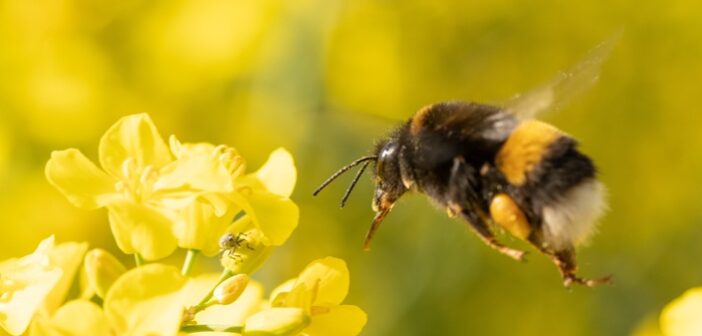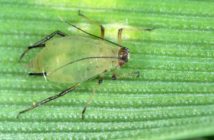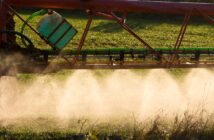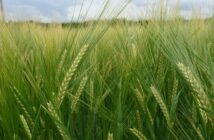As part of OSR Reboot United Oilseeds, in partnership with agri-tech innovator AgriSound, is looking to reenergise the role of OSR in sustainable agriculture.
With the support of the British Beekeepers Association and the Bee Farmers Association, a pilot across six member farms in southern England to quantify and communicate the real-world biodiversity benefits of OSR has been undertaken.
Using 54 cutting-edge audio monitoring devices, AgriSound’s technology captures real-time pollinator activity across fields of OSR, legume fallow, and cereals. These devices also monitor environmental factors like temperature, humidity, and light, helping build a full picture of what influences pollinator behaviour and presence.
The early findings are striking – pollinator activity in OSR fields is already around five times higher than in legume fallow, a clear demonstration of OSR’s value to bees at a critical time in the season. This initial data also reinforces OSR’s role as a vital melliferous crop that supports pollinator populations when few other floral resources are available.
This insight backs up academic research showing the mutual benefit of OSR-pollinator interactions. Each hectare of flowering OSR produces between 25 and 91 million flowers and more than 50 litres of nectar, while just two bee colonies per hectare can increase OSR yields by 15–20%, improve pod uniformity, and enhance germination in seed crops (Sabbahi, 2005).
OSR decline consequences beyond farm profitability
Early flowering OSR plays a critical ecological role, providing nectar and pollen just as pollinators emerge from hibernation during the spring “hunger gap”. This loss of habitat and forage has contributed to a worrying decline in pollinator numbers, with knock-on effects for biodiversity, crop yields, and the viability of commercial beekeeping and pollination services.
“Oilseed rape is one of the few large-scale crops that delivers significant early forage for our bees. Without it, we face a significant shortage both in early-season nutrition for our colonies coming out of winter and a reduced spring honey crop,” says Paul Barton, Bee Farmers Association. “Bringing OSR back into rotations isn’t just good for farmers—it’s a massive boost for the UK honeybee population and British honey production.”
United Oilseeds points out that legume fallows and wildflower mixes undoubtedly have their place, but they often flower too late to support bees during the critical early spring period. A diverse landscape needs a succession of foraging opportunities throughout the season, and OSR provides precisely that, bridging the hunger gap between winter and summer.
The organisation is urging policymakers shaping the future of the SFI to:
- Recognise the value of early-season melliferous crops like OSR in providing essential forage for bees and other pollinators.
- Support on-farm monitoring technologies, such as those deployed by AgriSound, to provide data-driven biodiversity metrics.
- Incentivise the cultivation of pollinator-beneficial crops in rotation, including OSR, peas, beans, and linseed, especially where there is proven mutual benefit to both farm productivity and biodiversity.




